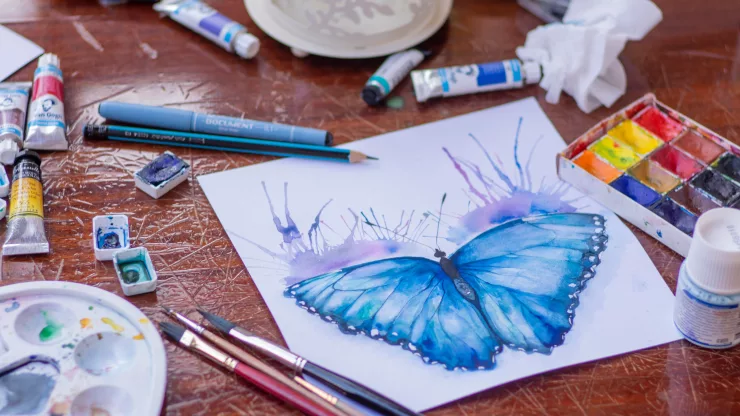Animal-Assisted Therapy: A Unique Approach to Boost Happiness and Well-being
Animal-assisted therapy, also known as pet therapy, is a unique approach to improving mental and physical health.
The therapy involves the use of animals to help people cope with various health challenges, including anxiety, depression, and physical disabilities.
The animals used in therapy are specially trained to provide comfort, support, and companionship to individuals in need.
Animal-assisted therapy has gained popularity in recent years as it has been proven to be an effective treatment option for many people.
Jump to Section
The Science Behind Animal-Assisted Therapy
Animal-assisted therapy is based on the principle that animals can provide comfort, support, and companionship to people in need.
Research has shown that interacting with animals can have a positive impact on mental and physical health.
For example, petting an animal can lower blood pressure, reduce stress, and increase feelings of happiness.
The therapy involves the use of specially trained animals, such as dogs, cats, horses, and even dolphins, to help people cope with various health challenges.
The Benefits of Animal-Assisted Therapy
Animal-assisted therapy has numerous benefits for both physical and mental health. Some of the benefits include:
- Reducing anxiety and depression
- Lowering blood pressure
- Improving social skills
- Reducing loneliness and isolation
- Improving physical health
- Boosting self-esteem and confidence
Animal-assisted therapy is particularly effective for people with chronic conditions, such as cancer, dementia, and autism. The therapy can also be used to help people cope with the stress of everyday life.
Types of Animals Used in Animal-Assisted Therapy
A wide range of animals can be used in animal-assisted therapy. However, dogs are the most commonly used animals due to their friendly and social nature.
Other animals used in therapy include cats, horses, rabbits, birds, and even dolphins. The animals used in therapy are specially trained to provide comfort, support, and companionship to individuals in need.
How to Get Involved with Animal-Assisted Therapy
If you are interested in animal-assisted therapy, there are several ways to get involved.
You can volunteer at a local animal-assisted therapy program or contact a therapy organization to find out how you can become a certified therapy animal handler.
You can also adopt a therapy animal and work with a therapist to provide therapy to people in need.
Success Stories of Animal-Assisted Therapy
Animal-assisted therapy has helped many people cope with various health challenges. For example, therapy dogs have been used to help children with autism improve their social skills and reduce anxiety.
Therapy horses have been used to help people with physical disabilities improve their mobility and reduce pain. Therapy cats have been used to help people with dementia reduce agitation and improve their mood.
These success stories show the positive impact that animal-assisted therapy can have on people’s lives.
FAQ
What is the difference between animal-assisted therapy and animal-assisted activities?
Animal-assisted therapy is a formal treatment program that is designed to help people cope with various health challenges. Animal-assisted activities, on the other hand, are informal activities that involve animals, such as petting zoos and animal visits to hospitals.
What kind of training do therapy animals receive?
Therapy animals receive extensive training to ensure that they are well-behaved and can provide comfort, support, and companionship to individuals in need. The animals are trained to respond to various commands and to behave appropriately in different situations.
Can any animal be a therapy animal?
No, not all animals are suitable for therapy. Therapy animals must be friendly, social, and well-behaved.
They must also be able to tolerate being around people and other animals.
Can I bring my pet to a therapy session?
No, only certified therapy animals are allowed in therapy sessions. This is to ensure that the animals are well-behaved and trained to provide comfort, support, and companionship to individuals in need.

With a deep passion for personal development, Ben has dedicated his career to inspiring and guiding others on their journey towards self-improvement.
His love for learning and sharing knowledge about personal growth strategies, mindfulness, and goal-setting principles has led him to create My Virtual Life Coach.
Contact Ben at [email protected] for assistance.




